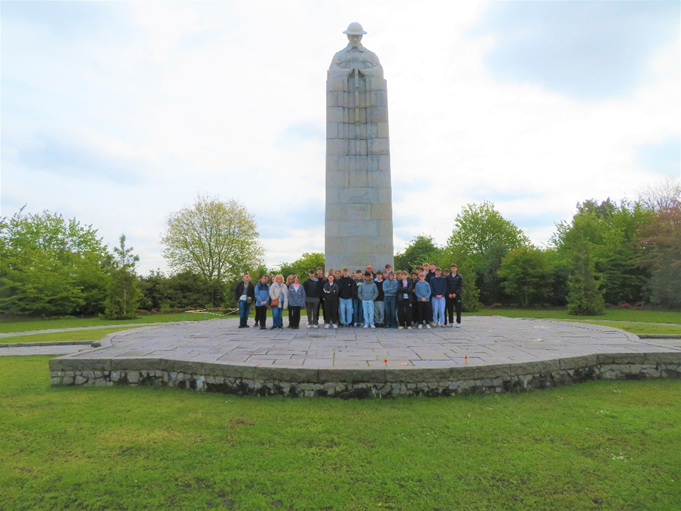Year 10 Battlefields Tour

Year 10 students have returned from a memorable three-day visit to tour the Battlefields of World War 1, with a focus of visiting sites that were related to the medicine in the historic environment section of Paper 1 of the History GCSE.
After a very early start, our first day was spent in and around Ypres. We visited Lijssenthoek Military Cemetery, which is the largest hospital cemetery in the Ypres Salient area, with over 11,000 soldiers buried there.
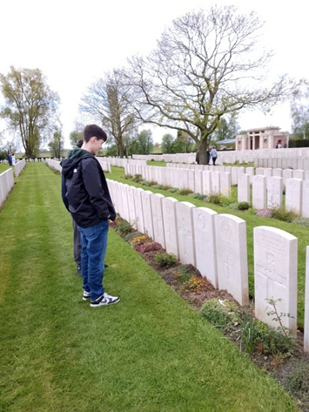
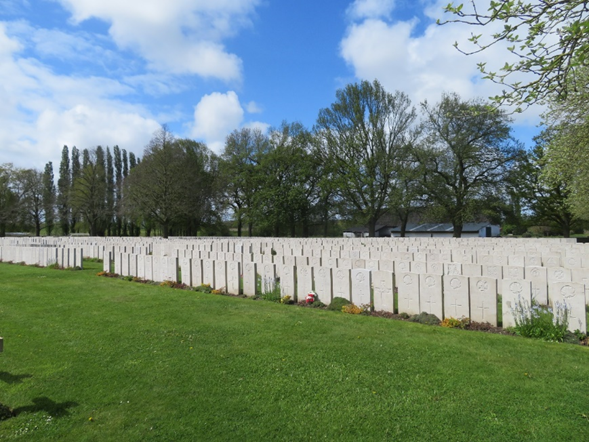
We also visited Hill 60 and Caterpillar Crater, a site of desperate fighting between April and May of 1915.
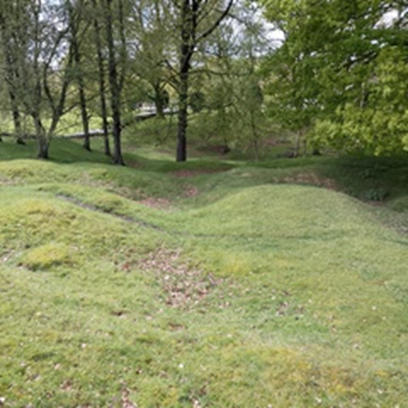


In the evening of day one, we attended the Last Post Ceremony at the Menin Gate in Ypres, where two of our students were able to represent NLS by laying a wreath to the 54,896 soldiers of the British Empire who have no known grave.
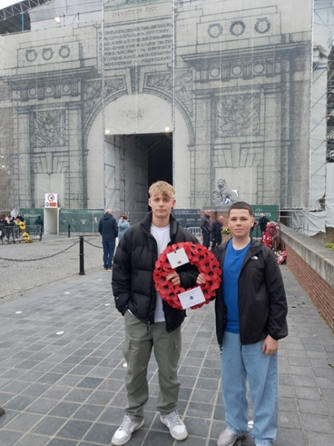

Day two saw us heading into France, where we visited the underground tunnels of Arras, which the students really enjoyed. We went 20 meters underground in a glass lift and spent time touring the tunnels which had been key during the Battle of Arras in 1917.
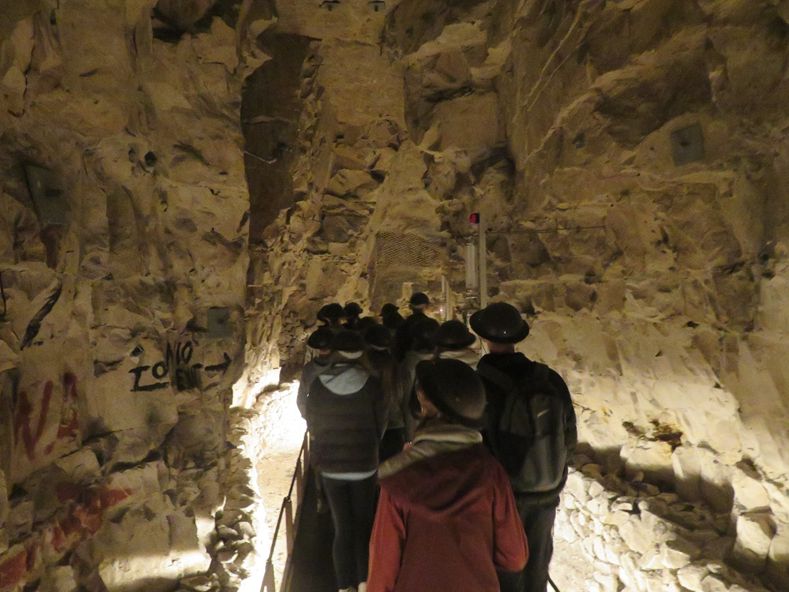


From there we went to the Canadian Memorial at Vimy Ridge.
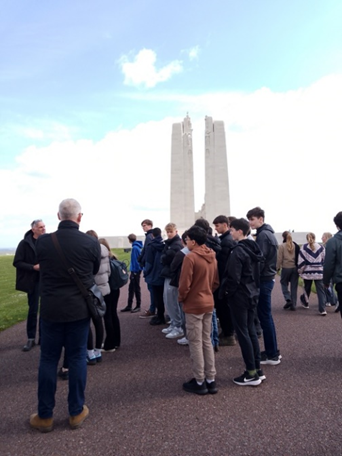
After a quick lunch stop we headed back into Belgium and were able to go into the trenches at the Memorial Museum at Passchendaele and at Sanctuary Wood. Wellies were definitely needed at Sanctuary Wood as the trenches are preserved in their original condition with dug outs and tunnels to explore.
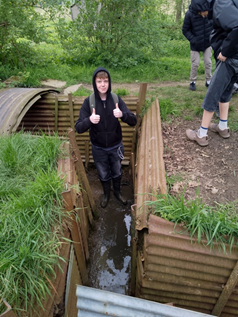


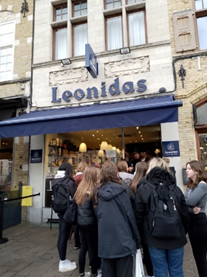
The afternoon also included a visit to a chocolate shop - a treat everyone enjoyed!

The final day of our trip was spent in Ypres where we visited Essex Farm Cemetery and Dressing Station. This is most famous due to its connection with the Canadian poet and physician John McCrae, who wrote the poem ‘In Flanders Field’.
The students were able to see the former British Front Line at the canal and also went into the dressing stations inside the bunkers there.
From there we then visited Langemark German Cemetery.
This is a very different type of cemetery to the British Commonwealth War Cemeteries. It is a sombre, foreboding place containing the graves of more than 40,000 German troops, over half of whom lie in a mass grave.
Our final stop was Tyne Cot Cemetery, the largest British Military Cemetery in the world, with the graves of 11,956 soldiers and a memorial which honours the names of 34,888 missing soldiers. Here we were able to lay a wreath to the Rainbow brothers, (Hugh and Frank) both of whom are commemorated on a plaque in the courtyard at North Leamington School.
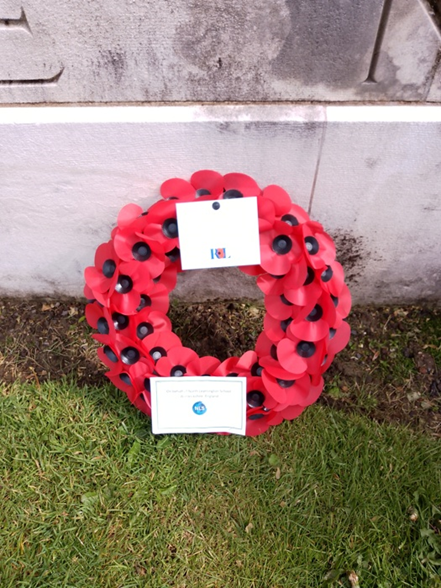
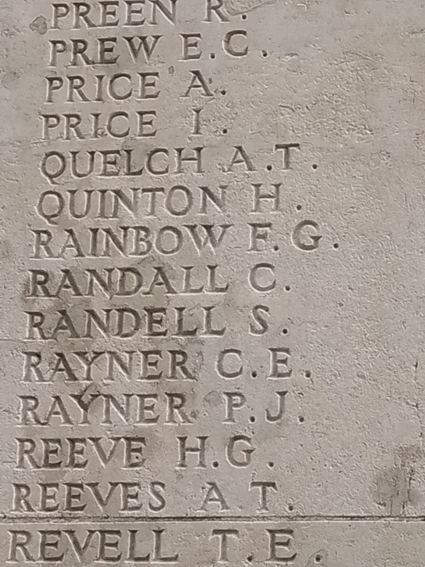
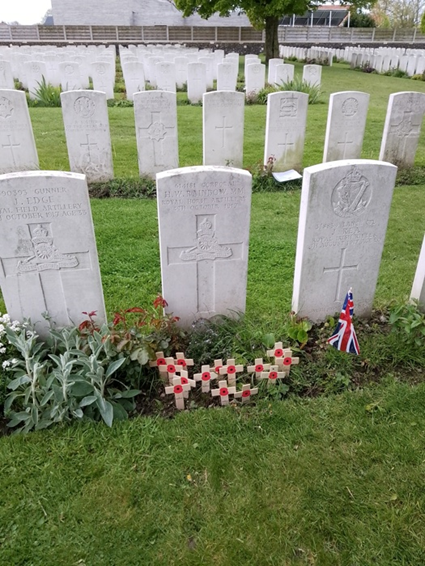
All of the students were given their own Remembrance cross, many of the students chose to leave theirs at the grave of Hugh Rainbow, who lost his life at the Battle of Passchendaele in 1917.
Students, and staff, enjoyed the trip immensely and felt it had brought what they have been studying in class to life.
